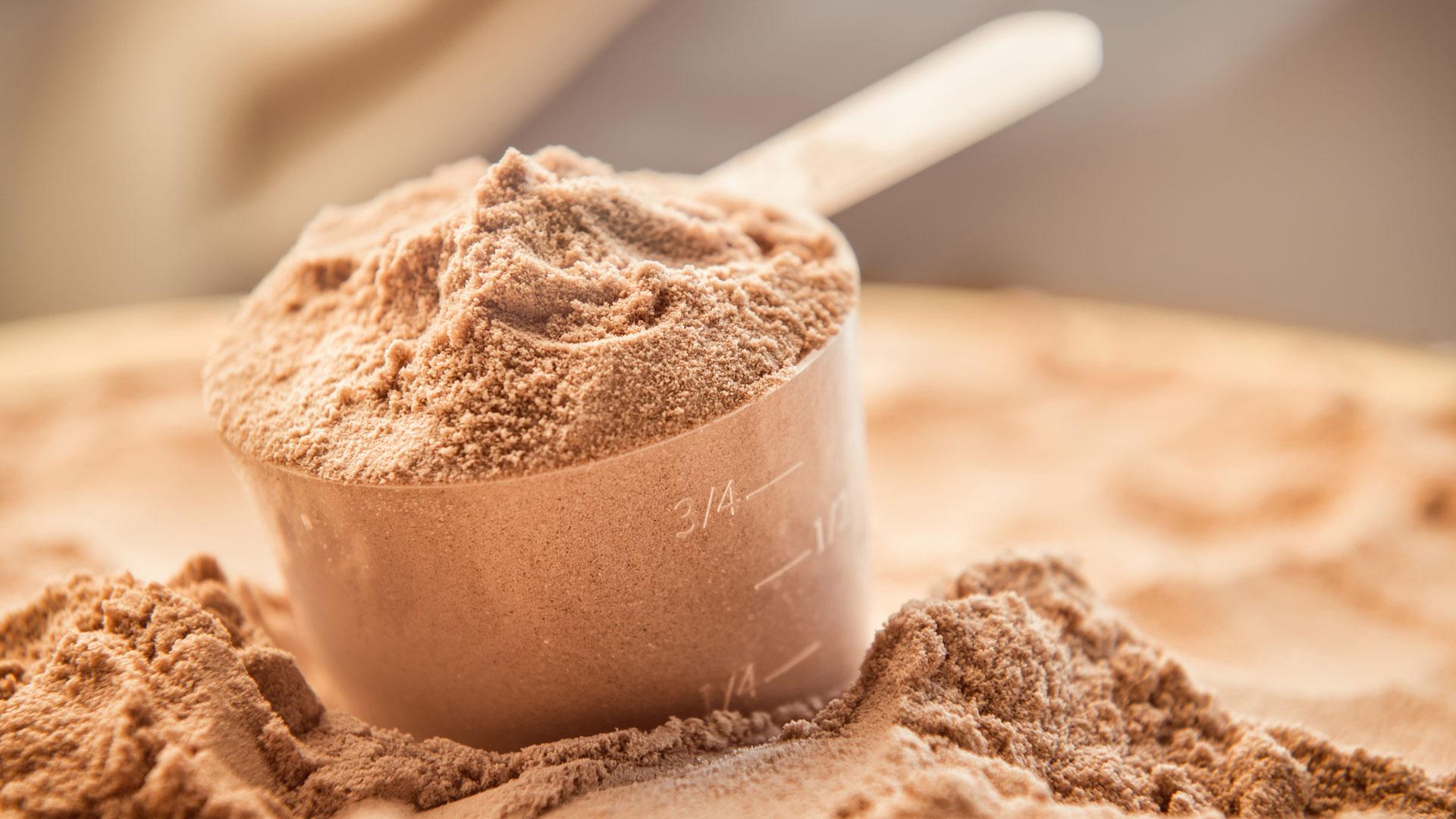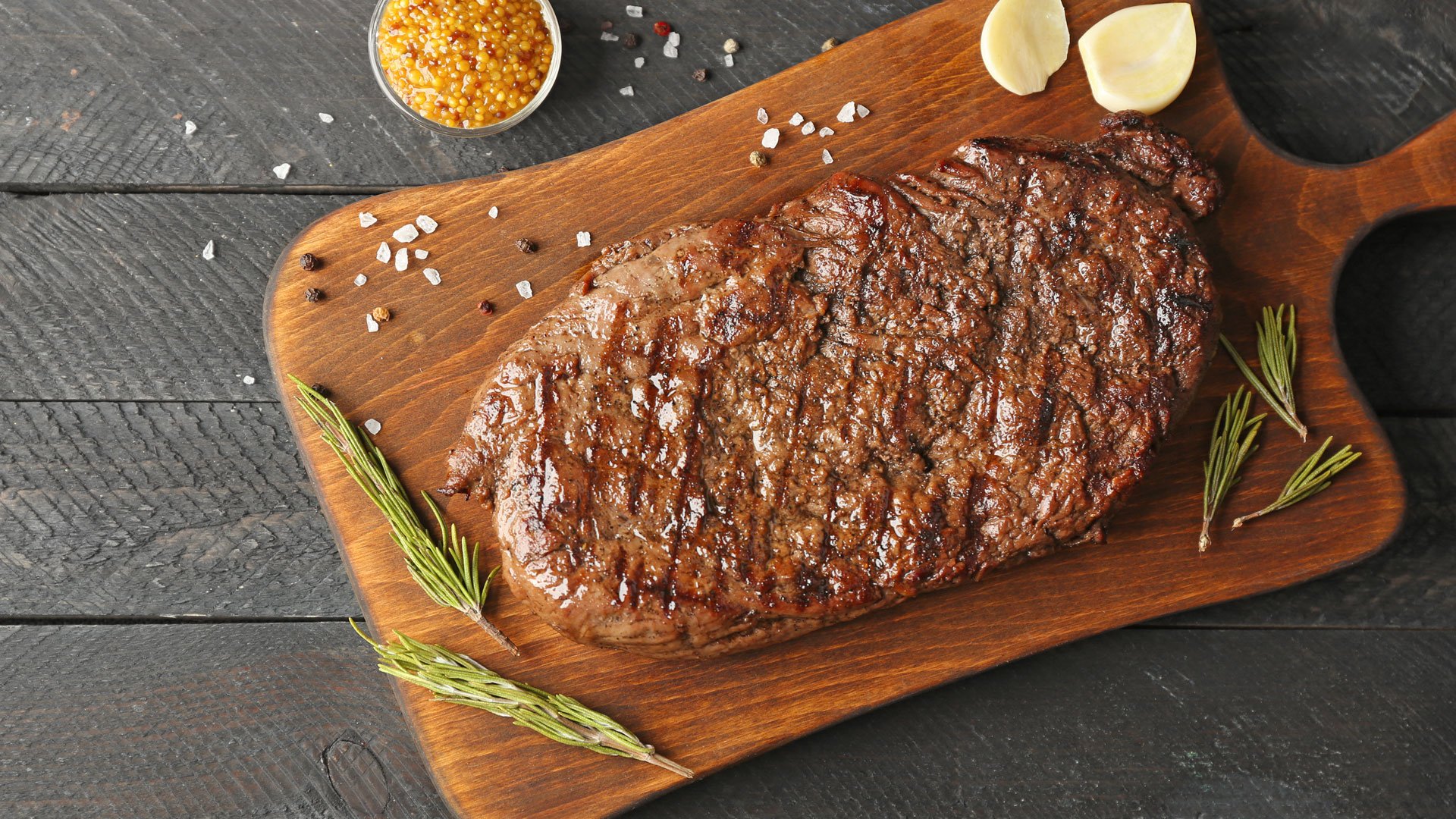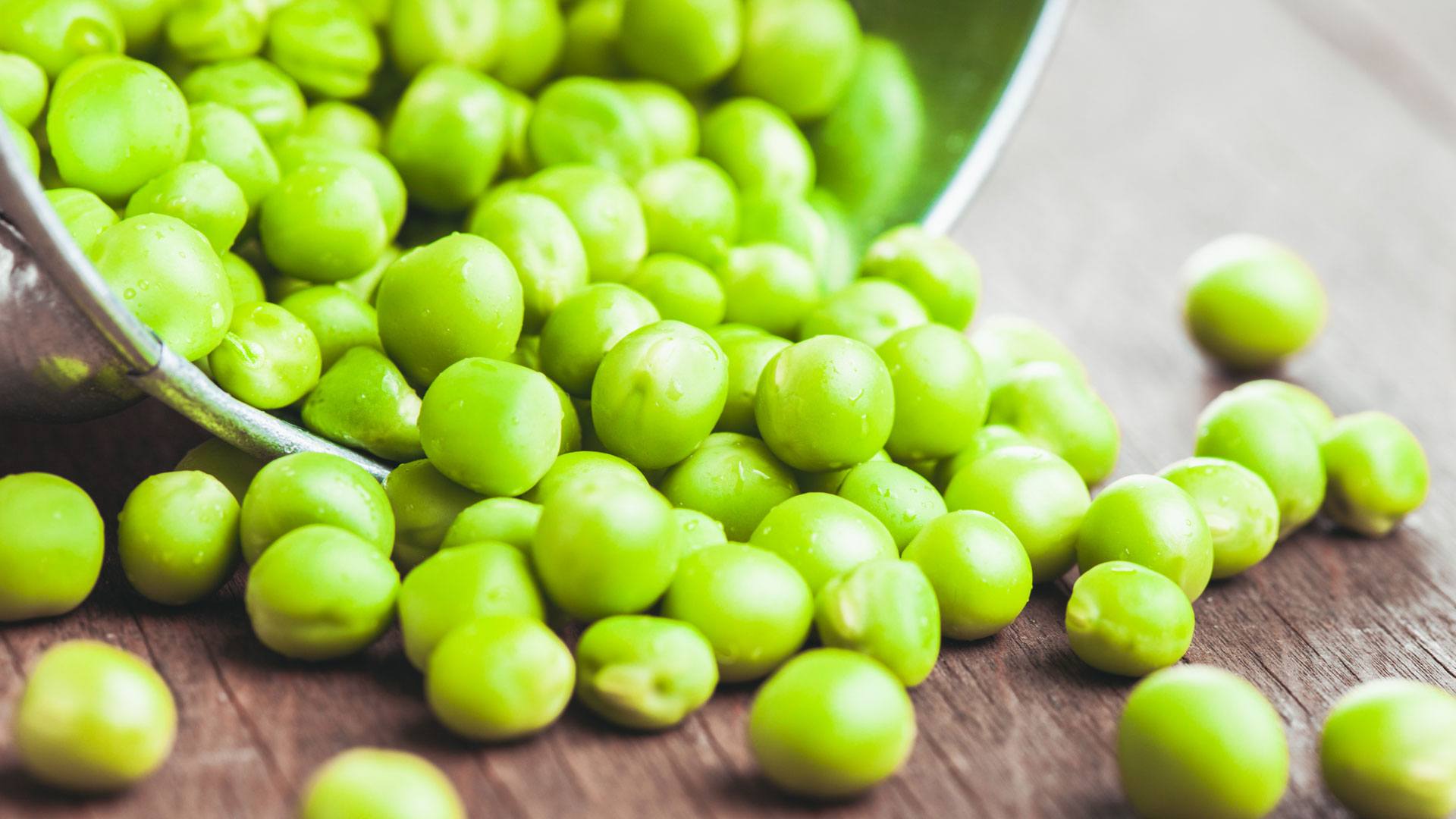Editor’s Note: It pains me to say this, but peanut butter is not a high-quality source of protein.
Before you counter with claims about almond butter, cashew butter, or any nut butter, they all fall into the same category along with many other popular “protein snacks.”
As the unofficial President of the Peanut Butter Fan Club, I don’t like to discredit peanut butter in any way. But, knowing my love of peanut butter (it’s still perfectly fine to include in your diet) will help you understand why it’s important to know about high-quality proteins.
That’s because what is marketed as good protein is rarely accurate.
You can blame the food industry, but don’t expect them to change any time soon. The good news: learning to differentiate high-quality protein from “regular” (scientist will call it incomplete) protein is pretty easy.
Even better: there are simple ways to turn incomplete proteins into complete proteins (think of it as a way to upgrade your favorite nut butter of choice).
The best news: once you add more high-quality protein to your diet, you start to see the benefits you want, ranging from fat loss and muscle gain to better hair, skin, and nails.
You don’t have to ditch your peanut butter. But, if you’ve been focusing on getting a lot of your daily protein from nuts (or other incomplete sources), you’re about to realize all the ways you’ve been missing out. -AB
Why Is Protein Important?
Before we get to quality, let’s make something clear: you’ve probably heard that you need more protein in your diet, and for a good reason.
Protein is the building block for muscle, but it’s also so much more.
Protein is also essential for maintaining a strong immune system, bones, tendons, and is responsible for many metabolic reactions. There is also a clear relationship between protein and weight loss.
Here’s the thing:
Not all proteins are created equal.
Quality counts. But what’s the difference between protein and “high-quality protein?” It’s locked in the amino acids of each type of protein.
As much as protein all looks the same on a nutrition label, it’s not.
If you’re confused, don’t worry. As we mentioned, distinguishing high-quality protein from lesser-quality protein is easier than you might think. And, once you learn to recognize the difference, you’ll be able to adjust how you eat without much stress.
Why Amino Acids Are Important
Every source of protein has a different amino acid profile. These amino acids — or the component parts that a protein will become when you digest it — are a big determinant of whether or not a protein is high-quality.
Your body can produce many amino acids on its own. But there are some it can’t make. They are:
- histidine
- isoleucine
- leucine
- lysine
- methionine
- phenylalanine
- threonine
- tryptophan
- valine
These are the “essential amino acids,” and you must get them through your diet.
Any food that contains all nine essential amino acids is known as a “complete protein.”
High-quality proteins contain all of the essential amino acids (amino acids are the building blocks of protein).
When you eat all of the essential amino acids (AKA a complete protein), that’s when your body can put protein to work and unlock all of the benefits.
On the flip side, if you don’t have the essential amino acids, even if you’re eating protein, your body might not be able to use all of the other amino acids to help out.
Now that you know why essential amino acids make a complete protein, you’ll better understand why high-quality protein matters.

What Makes a Protein High-Quality?
A high-quality protein really is a function of three things:
- protein digestibility (i.e. “Can your body break it down?”)
- amino acid content (i.e. “What’s really inside the protein?”)
- the resulting amino acid availability to support metabolic function (i.e. “Will your body be able to use those amino acids the way you want it to?”).
The process of digesting any food begins when you chew. But, protein is unique among the three major macronutrients in that your body’s digestion of it truly begins in the stomach and continues into the small intestine.
Technically speaking, enzymes work to fully break down the protein you eat into smaller chains of amino acids. This is very important because, as we mentioned above, it’s actually all the amino acids that your body puts to work. (For example, leucine is an amino acid that is a key figure in building muscle. But, as you’ll find out, amino acids don’t work alone.)
Before a chain can be absorbed into your bloodstream, it must be shortened into individual amino acids. Only then, when these amino acids hit the bloodstream, can they be transported to help whatever your body needs.
They may also be held for a short time with other amino acids in what’s referred to as an amino acid pool. The body can turn to this pool and take the exact amino acids it needs to create a larger protein molecule required for one function or another and leave behind what it doesn’t require at the moment.
- Need to build muscle? Dip into the amino acid pool.
- Trying to recover from a hard workout? Amino acid pool, please.
- Searching for collagen for your skin? Yep, amino acid pool
While the process might appear cut-and-dry, it’s not that simple. First of all, if you want to get the amino acids out of the pool, all of the essential amino acids must be present.
So, it’s easy to see why incomplete proteins, which don’t have all of the amino acids, can become a barrier to experiencing the benefits of protein.
Also, not all protein is 100 percent digested. And, if it’s not all digested and broken down, then that means you don’t have as many amino acids present in your bloodstream.
Scientists can measure a protein’s digestibility in the lab is by monitoring nitrogen absorption and excretion. (Protein is the only macronutrient that contains nitrogen, which is why this works.) The outcome of this test typically produces a digestibility score.
Proteins that are highly digestible receive scores close to 100% (digestible). Lower scores are less digestible. If you were to consume a protein with a digestibility score of 90%, then for every 10g you consumed, you would absorb 9g and excrete 1g.
What helps the protein digestibility score? Having more essential amino acids.
In general, animal proteins — such as dairy, eggs, and meat — score highly. Vegetarian proteins typically score lower because they’re lower in essential amino acids.
What Are High-Quality Protein Sources?
If you just want a list of high-quality protein sources, we have you covered. The top sources are:
- Dairy products: including milk, whey protein powder, casein protein powder, hard cheese, cottage cheese, and yogurt
- Eggs
- Seafood and fish
- Beef and bison
- Game meats (such as venison and elk)
- Chicken
- Pork
- Pea Protein
- Soybeans
- Vegan protein powders (primarily consisting of pea protein, potato protein, and corn protein)
You might notice that the majority of the high-quality options are from animal sources.
That doesn’t mean you can’t get high-quality protein on a plant-based diet. You can still fill your diet with the protein you need even if you never want to put any animals in your mouth. But, it requires you to combine vegan- or plant-based sources of protein to create a complete amino acid profile.
Why Animal-Based Protein is the “Easy Button”

Animal protein sources mimic the protein composition of human tissue. This is why meat naturally offers a highly usable blend of amino acids—including all nine essential amino acids (with some exceptions, which we’ll get to in a second).
As a result, we humans can use protein from an animal source in a very efficient manner.
Animal proteins range from the obvious—beef, pork, chicken, eggs, and fish—to fluid sources such as milk. All of these are high-quality protein sources that are highly bioavailable (your body can put them to use easily).
Nearly all animal proteins are highly bioavailable — meaning your body can put them to use more easily.
This includes dairy, which supplies a wealth of amino acids, including a high amount of leucine. So, perhaps, it’s not surprising that studies involving chronic exercisers have found that consuming milk-based protein after resistance exercise promotes muscle protein synthesis, more muscle, and less flab.
While collagen and bone broths are popular for their potential to support joint health and other tissue function within the body, collagen protein is high in only 3 amino acids (glycine, proline, and hydroxyproline) while being fairly low in the other essential amino acids.
Bone broths may deliver health benefits, but they alone won’t help with muscle building or fat loss (or satisfy your body’s amino acid requirements, unless you add chicken or beef to the broth, in which case, you’re all set.)
What About High-Quality Plant Protein?

Conversely, most plant sources (but not all) have an amino acid profile that differs drastically from that of humans.
Many (but not all) plant proteins are low in various essential amino acids, especially leucine. This is important to note, because leucine plays a critical role in turning on muscle protein synthesis (MPS), which is key for building and repairing muscle tissue.
The big exceptions are soy, potato protein, corn protein, and pea protein. In fact, pea protein has been tested as a favorable vegan alternative to whey. These vegetarian sources contain all of the essential amino acids you require.
Outside of those sources, most plant-based proteins are not complete. All this means is that consuming one lone source of plant protein cannot support body growth and maintenance.
But there’s a simple fix. If you combine different plant protein sources, then you can receive adequate amounts of all nine essential amino acids.
Examples of complementary proteins include combining legumes and grains, such as red beans and rice, or vegetables and legumes, such as what you’d find in a 9-bean vegetable soup.
When you eat complementary proteins, the combined sources equal a complete protein source.
You don’t have to do this at the same meal. Your body will store the amino acids for about 4 to 6 hours as they come in, and then re-synthesize proteins as it needs by pulling from body cells and blood supplies later.
Often you need to eat more plant-based protein to get the equivalent amount of amino acids that you would from a smaller amount of animal protein.
So really, your main takeaways here are:
- The exact amount of protein you need will depend on the quality of the protein you eat.
- If you consume a lot of plant-based protein or are exclusively plant-based, you may need to increase your total daily protein intake, even more, to compensate for the lower protein quality.
- If you are vegetarian or vegan, eat a diverse mix of foods, and you may want to research the amino acid profiles of the foods you eat.
READ MORE:
What is the Best Protein Powder?
The Curious Case of Why People Fear Protein
No Carbs Diet: The Flaw in Fat Loss
Pamela Nisevich Bede, MS, RD, CSSD, LD is a 21-time marathoner, Ironman triathlete, and mom who counsels athletes and wellness enthusiasts towards optimal performance at Swim, Bike, Run, Eat!, LLC, and is the resident endurance sports nutrition expert at EAS Sports Nutrition. She has contributed to multiple books and is regularly sought to provide insight to numerous publications. Connect with her @PamBedeRD
I found your website on Protein to be very informative regarding what proteins to eat, how proteins work in the body and help tone muscle.
Thanks Renee! Happy to be of service.
hey, recently I have searched on google for the health fitness good website the and read all the content at there, but today searched about the nutrition and best protein source, and then see your blogs its really good stuff and very systematically arrange your all the post and blog, today’s hard to find good fitness blogs,
but one thing is missing here of media and videos, overall great work on your all the post thanks to this lots kind of information.
Man you guys really go all in on your information and I appreciate it. I am starting to see your posts as a one stop shopping center for my health knowledge. Thank you for the breakdown on the proteins I did not know what factors make something High protein. keep up the great work.
Our goal is to truly be a one-stop shop for scientifically backed fitness and nutrition information. Thanks for being here, Matt. Happy to be of service.
Thanks for sharing nice blog.
Thanks for reading!
Thanks for sharing nice blog.
Thanks, Sunil
Hello, I really enjoy your blog. I read all of your topics, but I keep scrolling down to find what are the best protein powders brands in the market and I couldn’t find, can you please write for us about this topic? I’m dying to know. Thanks for everything I love your blog
Which plant based food has the most protein?
Great article – thank you! The article doesn’t mention pumpkin seed protein, but I’ve seen it to have acceptable levels of leucine. I’ve combined it with pea protein. Do you disagree?
Pumpkin seed protein is not a complete protein (does not have all of the essential amino acids), so it is best to combine with multiple plant proteins to get all the essentials.
Another practical article that addresses an issue of great importance to me. Many people are left wondering about the quality of the protein that they consume, and whether that has the intended benefits such as being sufficiently absorbed by the body for the protein synthesis after a workout. That clarifies that your body utilizes the dairy and animal-based proteins better than the plant-based proteins. However, certain plant-proteins and plant-protein combinations could provide an individual with all the essential amino acids that the body requires.
This was extremely well written and helpful. Thank you!